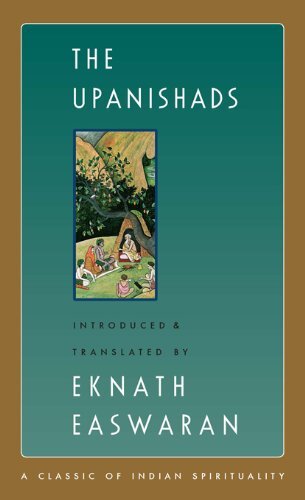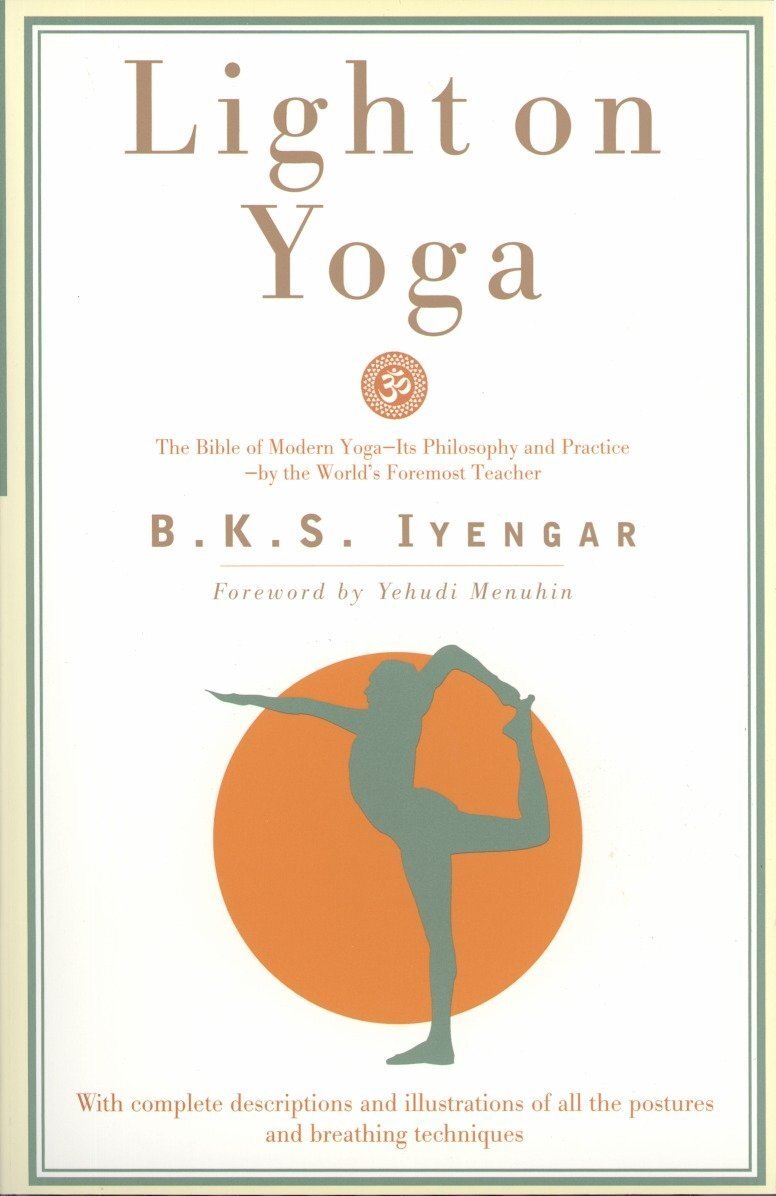Yoga Sutras of Patanjali: Yoga Sutra 1.1 Explained
Yoga Sutra 1.1 is where the teaching of yoga begins
The Yoga Sutras are a collection of 196 verses written around 400 C.E. by the ancient Indian sage Patanjali. “Sutra” means thread, and like a thread that weaves through a garland, all of the Sutras are connected and build upon each other. They are considered the authoritative text on yoga philosophy, and they all start with Yoga Sutra 1.1.
Within the Sutras, one can find a depth of wisdom on the practice of yoga, which is far more than the physical practice we know it as in the West. It is a way of life.
The Yoga Sutras offer guidance on how to live a spiritual and moral life, how to overcome the core challenges that all human beings face, and how to attain inner peace. What is truly incredible is that the teachings are just as relevant today as they were in Patanjali’s time because fundamentally the human experience has not changed.
The 196 verses of the Yoga Sutras are broken out into 4 chapters. Chapter 1 is called Samadhi Pada.
YOGA SUTRA 1.1: ATHA YOGA ANUSHASANAM
Atha is an auspicious sound, similar to “Om”, so the sound is like a prayer. This word means that we are starting something now - in this case yoga - with a prayer.
Anushasanam means teaching according to what has come before. Yoga is a long existing tradition that has been explained in ancient Vedic Sanskrit texts including The Upanishads and The Bhagavad Gita. Therefore, in this Sutra, Patanjali explains that he is not starting something new. Rather he is saying that yoga has been passed down from teachers to disciples throughout the years (also called “Parampara” in Sanskrit).
So translated, this sutra means:
“Now we begin the teaching of yoga.”
Every book needs to start with a prayer, so we begin with a prayer in Yoga Sutra 1.1 to say that we are now undertaking the journey of understanding what yoga is. From this beginning verse, we understand that Patanjali is not just about to teach us the philosophy of yoga, but rather is going to give us direct instruction on how to actually practice yoga.
Philosophy will only get us so far. It takes dedicated practice to achieve yoga. And when the mind is meditative through the practice of yoga, there is space for the truth to dawn.
Of course, this leads us to the question “What is Yoga?”.
Yoga is to see that while we are in our bodies and using our minds on a daily basis, we are actually the consciousness that resides in these bodies. The second Sutra, Yoga Sutra 1.2, goes deeper into an explanation of what yoga is.
Read about the next Yoga Sutra here.
All credit for my learnings of the Yoga Sutras of Patanjali go to my incredible teacher Arvind Pare. Did you find this explanation helpful? I’d love to hear! This post contains affiliate links. If you make a purchase through them, I may receive a small commission at no cost to you. I donate 10% of all proceeds made from this blog to charity. Find out more about the charity I am supporting here.
To learn more about yoga philosophy, check out these essential reads:
Hi, I’m Sumeeta
I’m a Texas native, avid traveler, and perpetual seeker. Here at Sumeeta Seeks, I share in-depth travel advice on spiritual destinations, insights on yoga and self-love, and uplifting interviews.




































